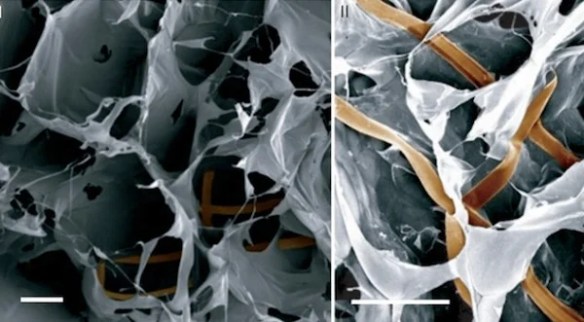NASA has opened a website where they will be accepting ideas for renaming asteroid (101955) 1999 RQ36.
Anything goes, so long as the name is no longer than 16 characters, and every entry must also “include a short explanation and rationale for the name”.
I have a feeling there’s going to be a lot of “Jacques Strap”, “Mike Rotch” and “Hugh Jass” submissions from the junior high crowd.
OK, seriously, it’s a very cool contest for science geeks, and if you know someone under 18 that’s into astronomy, send them to the website at the end of the press release for their shot at fame.
Here’s the official press release…
RELEASE: 12-302
NASA ANNOUNCES ASTEROID NAMING CONTEST FOR STUDENTS
WASHINGTON — Students worldwide have an opportunity to name an asteroid from which an upcoming NASA mission will return the first samples to Earth.
Scheduled to launch in 2016, the mission is called the Origins-Spectral Interpretation-Resource Identification-Security-Regolith Explorer (OSIRIS-REx). Samples returned from the primitive surface of the near-Earth asteroid currently called (101955) 1999 RQ36 could hold clues to the origin of the solar system and organic molecules that may have seeded life on
Earth. NASA also is planning a crewed mission to an asteroid by 2025. A closer scientific study of asteroids will provide context and help inform this mission.
“Because the samples returned by the mission will be available for study for future generations, it is possible the person who names the asteroid will grow up to study the regolith [sic] we return to Earth,” said Jason Dworkin, OSIRIS-REx project scientist at NASA’s Goddard Space Flight Center in Greenbelt, Md.
The competition is open to students under age 18 from anywhere in the world. Each contestant can submit one name, up to 16 characters long. Entries must include a short explanation and rationale for the name. Submissions must be made by an adult on behalf of the student. The contest deadline is Sunday, Dec. 2, 2012.
The contest is a partnership with The Planetary Society in Pasadena, Calif.; the Massachusetts Institute of Technology’s (MIT) Lincoln Laboratory in Lexington; and the University of Arizona in Tucson.
A panel will review proposed asteroid names. First prize will be awarded to the student who recommends a name that is approved by the International Astronomical Union Committee for Small-Body Nomenclature.
“Our mission will be focused on this asteroid for more than a decade,” said Dante Lauretta, principal investigator for the mission at the University of Arizona. “We look forward to having a name that is easier to say than (101955) 1999 RQ36.”
The asteroid was discovered in 1999 by the Lincoln Near Earth Asteroid Research (LINEAR) survey at MIT’s Lincoln Laboratory. LINEAR is part of NASA’s Near Earth Observation Program in Washington, which detects and catalogs near-Earth asteroids and comets. The asteroid has an average diameter of approximately one-third of a mile (500 meters).
“We are excited to have discovered the minor planet that will be visited by the OSIRIS-REx mission and to be able to engage students around the world to suggest a name for 1999 RQ36,” said Grant Stokes, head of the Aerospace Division at MIT Lincoln Laboratory and principal investigator for the LINEAR program.
The asteroid received its designation of (101955) 1999 RQ36 from the Minor Planet Center, operated by the Smithsonian Astrophysical Observatory in Cambridge, Mass. The center assigns an initial alphanumeric designation to any newly discovered asteroid once certain criteria are met to determine its orbit.
“Asteroids are just cool and 1999 RQ36 deserves a cool name!” said Bill Nye, chief executive officer for The Planetary Society.
“Engaging kids around the world in a naming contest will get them tuned in to asteroids and asteroid science.”
NASA’s Goddard Space Flight Center will provide overall mission management, systems engineering and safety and mission assurance. Lockheed Martin Space Systems of Denver will build the spacecraft. OSIRIS-REx is the third mission in NASA’s New Frontiers Program. NASA’s Marshall Space Flight Center in Huntsville, Ala., manages New Frontiers for NASA’s Science Mission Directorate in Washington.
To review contest rules and guidelines, visit:
http://planetary.org/name
To see a video explanation about the contest, visit:
http://www.nasa.gov/topics/solarsystem/features/name-asteroid.html
For information about the OSIRIS-REx mission, visit:
http://osiris-rex.lpl.arizona.edu




